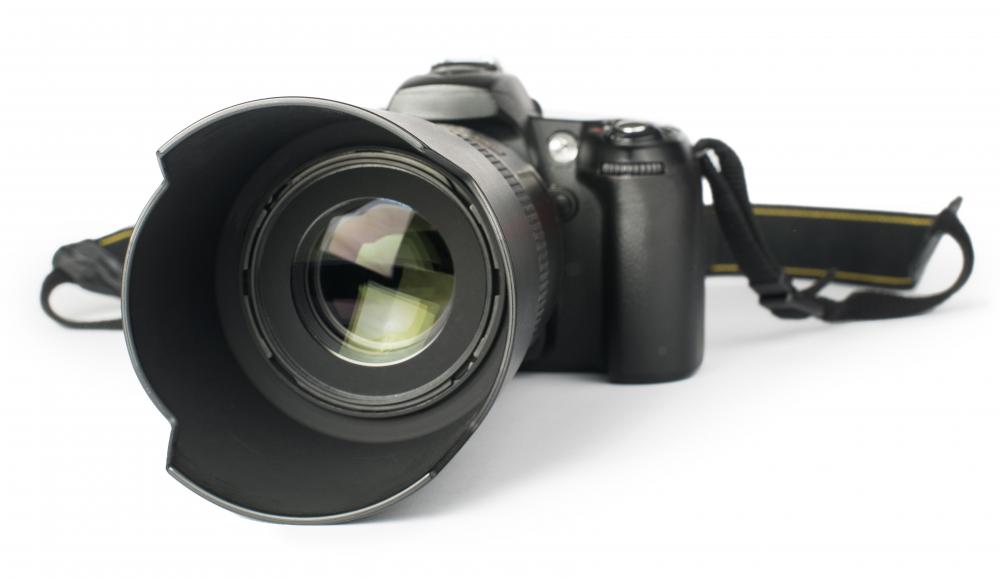At WiseGEEK, we're committed to delivering accurate, trustworthy information. Our expert-authored content is rigorously fact-checked and sourced from credible authorities. Discover how we uphold the highest standards in providing you with reliable knowledge.
What Is an Infrared Filter?
An infrared filter is usually a light filter designed to block all visible light and let infrared light pass, which is light at a wavelength of around 800 nanometers whereas visible light ranges from 400 to 700 nanometers in wavelength. A common use for such filtering is in infrared camera filters which take pictures that resemble black-and-white traditional photos. The difference with infrared photos and standard black-and-white photos is that infrared images show biological objects brightly such as vegetation and animals, as they emit infrared light which is a form of heat, and features such as the land or sky appear darker. Some types of infrared filter serve a reverse function and block only infrared light, such as those used in welding goggles that block such heat energy so that the weld can be clearly seen through the goggles.
Using infrared photo filters used to be a cumbersome task, as the photographer was essentially taking pictures blind of which he or she could not immediately see the results. This led to a lot of expensive experimentation with film and settings to get good photos, where the quality of the picture remained unknown until the film was developed. With the advent of digital cameras that can store thousands of pictures and don't require a film developing process, infrared filter photography has become much more popular. The darkest features in an outdoor setting photographed using an infrared filter tend to be the ocean, dry ground, and artificial stone and concrete structures. The features that emanate the most heat from the Earth back into space at night, and are, therefore, the brightest in the infrared spectrum, are vegetation, wildlife, and sandy soil or beaches, giving infrared photography an ethereal, ghost-like appearance that has a broad visual appeal.

The development of infrared technology has led to many other uses besides that of photography. It is widely used in sensors for environmental and pollution control monitoring, in climatology to analyze the Earth's ozone layer, and in military applications and aircraft controls. Infrared emissions are also significant in medical science where blood is analyzed or where spectroscopy equipment is used to look at other biological activity.

Since uses for the infrared filter are widespread, it is manufactured to pass or block very specific ranges of the spectrum of infrared light. This makes the technology useful in sensors that evaluate an infrared light beam for various communications purposes, such as in security systems, scanning systems for consumer products, or in wireless controls. An infrared filter is therefore classified by what the light range it interacts with is. Classification terms include narrow bandpass (NBP), wide bandpass (WBP), and anti-reflective (AR). The level of tolerance for the wavelength of light that is allowed to pass the filter or is blocked is usually ±10 nanometers.
AS FEATURED ON:
AS FEATURED ON:














Discuss this Article
Post your comments